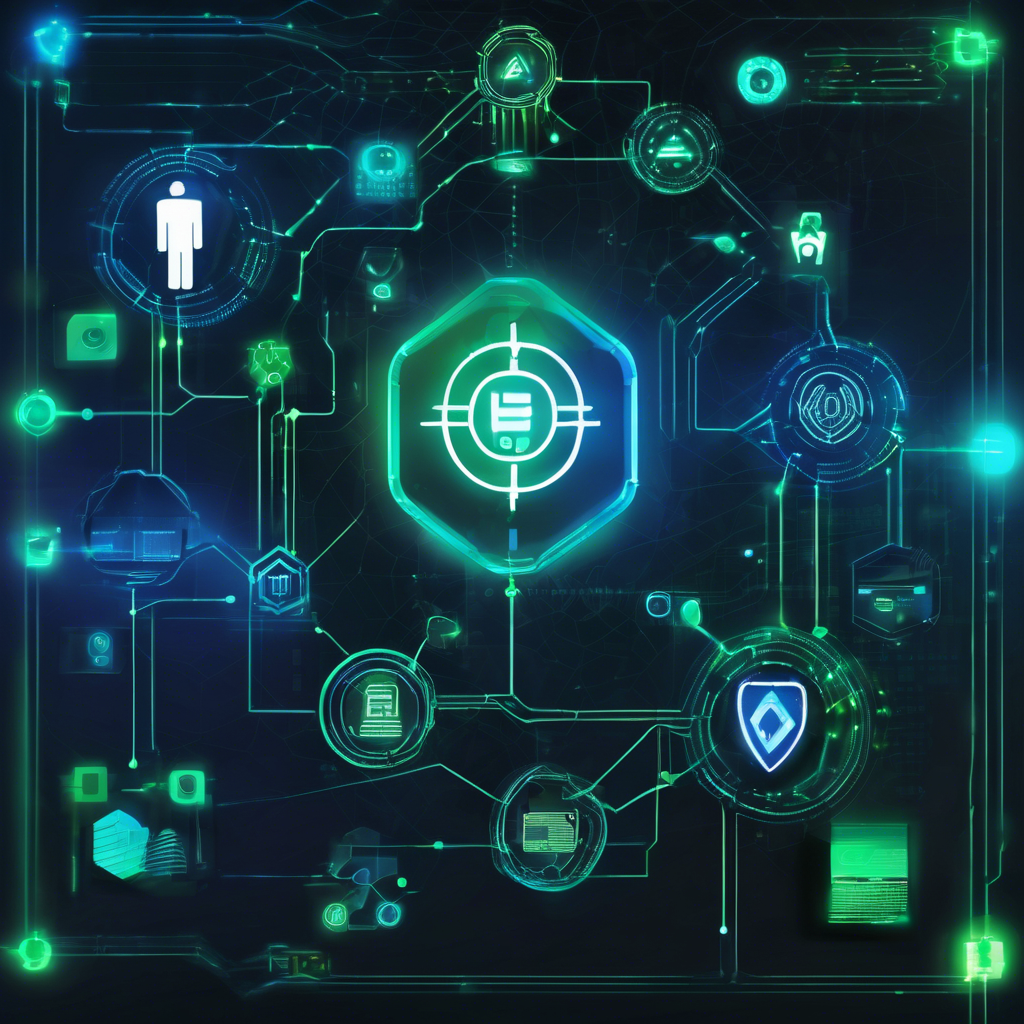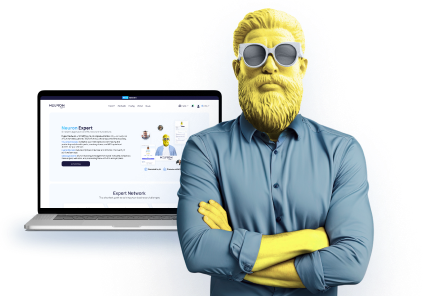MIT and NVIDIA Unveil HART: A Revolutionary Image Generation Method

The rapid generation of high-quality images is essential for creating realistic simulated environments, which help train self-driving cars to navigate unpredictable hazards safely. However, current generative AI techniques, particularly diffusion models, are often too slow and computationally demanding. While autoregressive models, like those powering LLMs such as ChatGPT, operate much faster, they typically produce lower-quality images filled with errors. Researchers from MIT and NVIDIA have introduced HART (Hybrid Autoregressive Transformer), a new image generation method that combines the strengths of both approaches. HART utilizes an autoregressive model to outline the main features of an image quickly and then employs a smaller diffusion model to refine these details. This innovative tool generates images that rival or surpass the quality of state-of-the-art diffusion models but operates approximately nine times faster and with less computational resource usage, allowing for operation on ordinary laptops and smartphones. Applications for HART include assisting researchers in training robots for complex tasks and helping designers create captivating scenes for video games.
“Just like refining a rough painting with detailed brush strokes enhances its quality, HART combines broad image generation with meticulous detail work, ” says Haotian Tang, one of the lead authors of the research. Diffusion models, which require multiple steps to denoise images, can produce highly detailed visuals but are slow and resource-intensive. In contrast, autoregressive models generate images more swiftly by creating patches sequentially but suffer from information loss that leads to lower quality. HART counters these limitations by first predicting discrete image tokens with the autoregressive model, followed by using the diffusion model to add back any missing details, allowing for fast and high-quality images with only eight steps. During development, researchers faced integration challenges but improved HART's quality by applying the diffusion model solely for predicting residual tokens. Their final design employs a 700-million-parameter autoregressive model alongside a 37-million-parameter diffusion model, achieving image quality comparable to larger diffusion models (up to 2 billion parameters) while consuming 31% less computational power. Looking ahead, the team plans to build on the HART architecture to develop vision-language models and explore applications in video generation and audio prediction, potentially revolutionizing interactions with generative models. This research was supported by various organizations, including the MIT-IBM Watson AI Lab and NVIDIA, which provided GPU resources for training the model.
Brief news summary
The need for high-quality images is crucial in developing realistic virtual environments, especially for training and ensuring safety in self-driving cars. Traditional generative AI techniques, like diffusion models, offer excellent visual quality but are slow and resource-intensive. Conversely, autoregressive models, such as ChatGPT, provide quick image generation but often lack in detail. To address these issues, MIT and NVIDIA have introduced HART (Hybrid Autoregressive Transformer), a cutting-edge image generation tool that merges the advantages of both methods. HART employs an autoregressive model for fast image generation, which is subsequently refined by a small diffusion model for enhanced detail. This hybrid approach enables HART to produce images that rival those of top diffusion models, achieving results nine times faster with reduced computational demands. HART's ability to generate high-quality images from natural language inputs on easily accessible devices opens up new possibilities in fields like robotics and video game design. Future developments may include linking HART to unified vision-language models, representing a significant leap forward in AI-enhanced visual content creation.
AI-powered Lead Generation in Social Media
and Search Engines
Let AI take control and automatically generate leads for you!

I'm your Content Manager, ready to handle your first test assignment
Learn how AI can help your business.
Let’s talk!

AI Language Models' Unpredictable Behavior Raises…
The June 9, 2025 edition of the Axios AM newsletter highlights rising concerns around advanced large language models (LLMs) in artificial intelligence.

Big Week in Congress Advances Cryptocurrency Legi…
This week marked a pivotal moment for the U.S. cryptocurrency industry, with significant legislative progress in Congress amidst intense federal budget debates.

Blockchain's Role in Digital Identity Verification
In recent years, blockchain technology has become a transformative tool for improving digital security, especially in identity verification.

Google Appoints DeepMind CTO as Chief AI Architec…
Google has made a major strategic move in the fast-evolving field of artificial intelligence by appointing Koray Kavukcuoglu, the current Chief Technology Officer (CTO) of its DeepMind AI lab, as its new Chief AI Architect and Senior Vice President.

Meta's Aggressive AI Strategy Amidst Talent Acqui…
Mark Zuckerberg is mounting a strong comeback in the race for superintelligent artificial intelligence, signaling Meta’s renewed dedication to overcoming recent setbacks.

DeFi Leader Aave Debuts on Sony-Backed Soneium Bl…
The agreement will encompass Aave’s involvement in forthcoming liquidity incentive programs, including collaborations with Astar, a blockchain well-known within Japan’s Web3 ecosystem.

Meta's Potential $14.8 Billion Investment in Scal…
Meta is reportedly preparing a major $14.8 billion investment to acquire a 49% stake in Scale AI, a leading artificial intelligence company.

 Auto-Filling SEO Website as a Gift
Auto-Filling SEO Website as a Gift








 Auto-Filling SEO Website as a Gift
Auto-Filling SEO Website as a Gift

